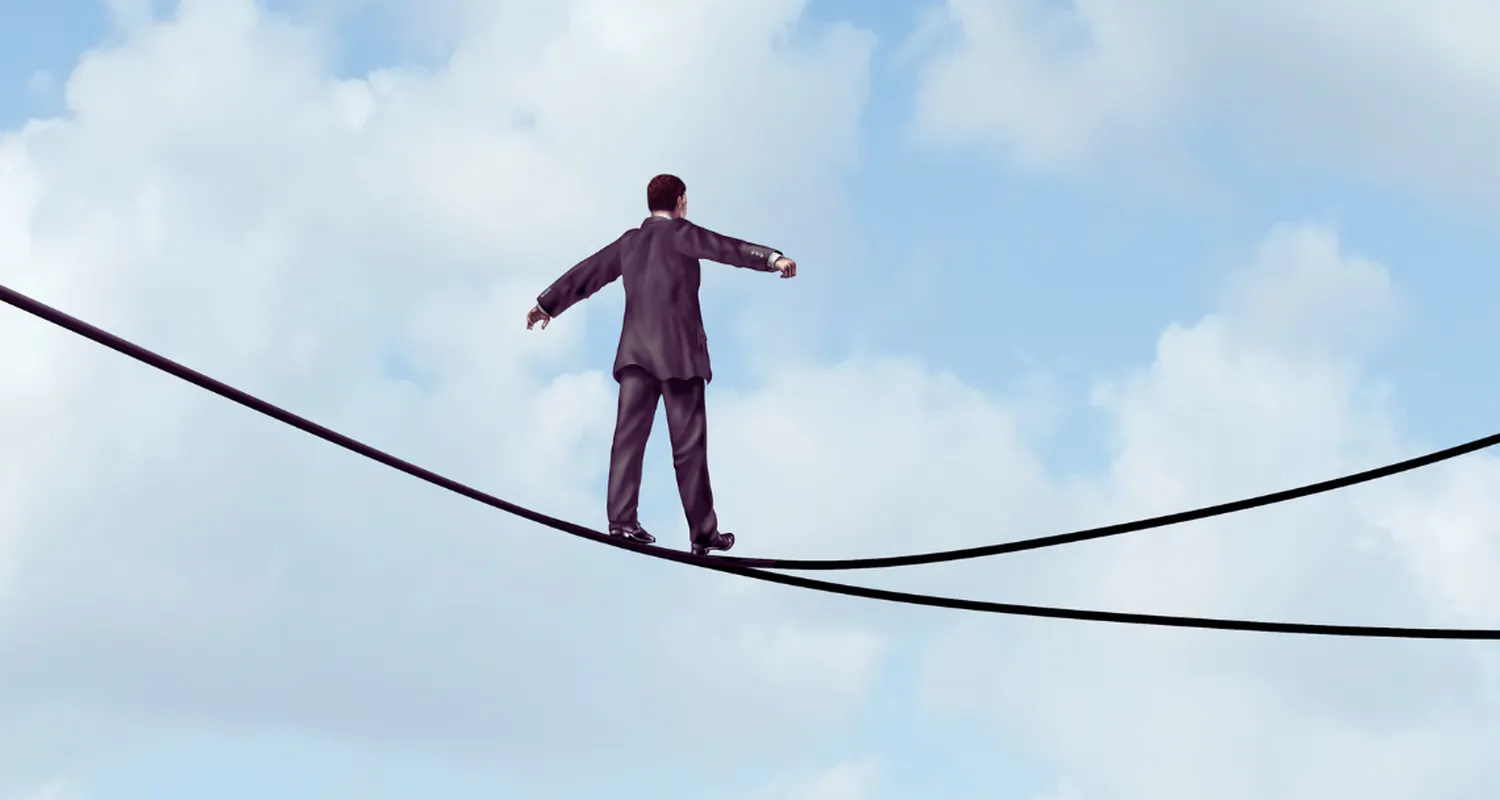We often assume the greatest threat to success is making the wrong move. In reality, the greater danger lies in not moving at all, clinging to past strategies, delaying tough decisions or protecting what worked yesterday while the market shifts around us. Some of the most damaging leadership choices aren’t errors of action, but failures to act.

Why mistakes matter more than we admit
Mistakes are the necessary cost of progress. Innovation doesn’t happen in a vacuum - it’s born from trial and error.
Think of any market leader: Amazon, NVIDIA, Tesla. Their breakthroughs weren’t the result of flawless planning but of fast iterations, course corrections and a culture that learns loudly and publicly.
In high-performing organisations, mistakes are treated as data, not drama. A psychologically safe culture doesn’t punish failure, it analyzes it. And that’s what fuels better decisions next time around.
The paradox of corporate comfort
Despite preaching the virtues of innovation, many companies default to safety. They reward predictability over possibility. This isn’t just conservative, it’s dangerous.
Let’s look at recent cautionary tales:
- Intel once led the chip industry. But as rivals like NVIDIA doubled down on AI-focused GPUs, Intel stood still. Now it’s playing catch-up in a space it once defined.
- Zoom, the darling of the pandemic era, had the spotlight and the user base, but failed to expand meaningfully beyond video. Meanwhile, Microsoft Teams integrated faster and wider, quietly dominating the corporate landscape.
- Even Meta’s pivot to the metaverse, while controversial, shows an organisation willing to bet on a future, not just defend a past. The same can’t be said for other Big Tech firms still chasing short-term comfort.
These aren’t failures in the traditional sense, they’re inertia. And inertia is often harder to detect, but far more fatal.
The true leadership divide: mistakes vs. stagnation
So, what separates healthy risk from destructive error?
Smart mistakes:
- Come from bold decisions grounded in logic and insight
- Reveal hidden weaknesses and drive future strategy
- Happen in environments where learning is the norm
Dangerous mistakes:
- Are rooted in fear, ego or a desire to preserve outdated success
- Get repeated due to a lack of reflection
- Are covered up, not talked about
But there’s a third category: stagnation. The quiet killer. When leaders focus so much on not failing that they stop growing, stop pushing and stop listening, they begin to slowly fade into irrelevance.

Leading beyond fear: what the best leaders do differently
To build resilient, innovative organisations, leaders need to shift from risk avoidance to risk management. Here’s what that looks like:
- Design for learning: Build debriefing into the team rhythm - after wins, losses and everything in between.
- Reward intelligent risks: Celebrate effort and insight, not just outcomes.
- Watch for early signs of drift: If no major priorities, assumptions or approaches have been challenged in the last quarter, ask why.
- Separate comfort from correctness: Just because a decision feels easy doesn’t make it right.
What this means for Executive Search
This shift in mindset has major implications for hiring. Boards and executive teams don’t just need leaders with great résumés. They need leaders who:
- Thrive in ambiguity
- Learn fast and adapt faster
- Aren’t afraid to course-correct
- See mistakes as signals - not threats
The challenge is finding them. That’s where executive search must evolve.
Final thought: stagnation is the silent killer of growth
The companies that win in the years ahead won’t be the ones with the fewest mistakes. They’ll be the ones with leaders who are willing to challenge assumptions, act boldly and learn relentlessly.
Leaders who make tough calls, take smart risks and adapt to changing markets stand out. What sets them apart isn’t just experience, but learning agility, resilience and a broad leadership range. Because in today’s economy, the real risk isn’t failure. It’s standing still.


